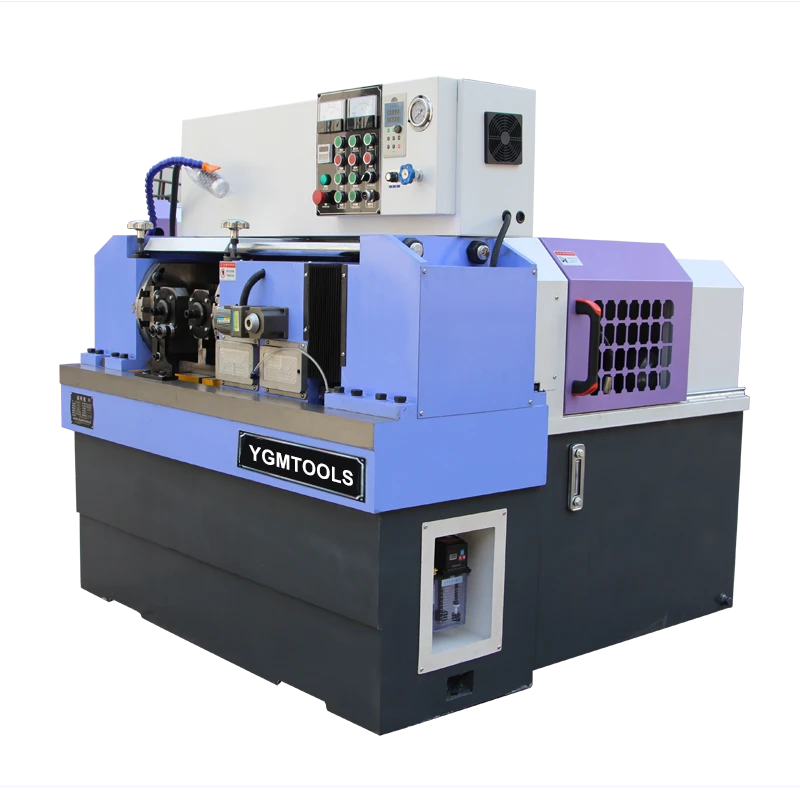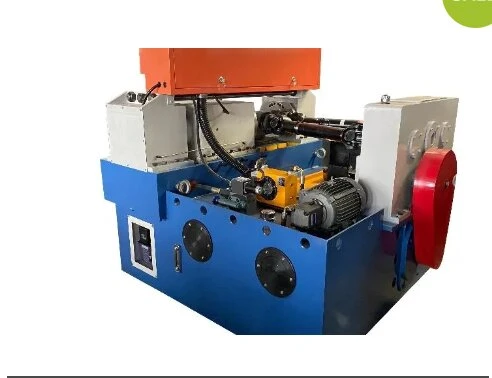
-
 Afrikaans
Afrikaans -
 Albanian
Albanian -
 Amharic
Amharic -
 Arabic
Arabic -
 Armenian
Armenian -
 Azerbaijani
Azerbaijani -
 Basque
Basque -
 Belarusian
Belarusian -
 Bengali
Bengali -
 Bosnian
Bosnian -
 Bulgarian
Bulgarian -
 Catalan
Catalan -
 Cebuano
Cebuano -
 Corsican
Corsican -
 Croatian
Croatian -
 Czech
Czech -
 Danish
Danish -
 Dutch
Dutch -
 English
English -
 Esperanto
Esperanto -
 Estonian
Estonian -
 Finnish
Finnish -
 French
French -
 Frisian
Frisian -
 Galician
Galician -
 Georgian
Georgian -
 German
German -
 Greek
Greek -
 Gujarati
Gujarati -
 Haitian Creole
Haitian Creole -
 hausa
hausa -
 hawaiian
hawaiian -
 Hebrew
Hebrew -
 Hindi
Hindi -
 Miao
Miao -
 Hungarian
Hungarian -
 Icelandic
Icelandic -
 igbo
igbo -
 Indonesian
Indonesian -
 irish
irish -
 Italian
Italian -
 Japanese
Japanese -
 Javanese
Javanese -
 Kannada
Kannada -
 kazakh
kazakh -
 Khmer
Khmer -
 Rwandese
Rwandese -
 Korean
Korean -
 Kurdish
Kurdish -
 Kyrgyz
Kyrgyz -
 Lao
Lao -
 Latin
Latin -
 Latvian
Latvian -
 Lithuanian
Lithuanian -
 Luxembourgish
Luxembourgish -
 Macedonian
Macedonian -
 Malgashi
Malgashi -
 Malay
Malay -
 Malayalam
Malayalam -
 Maltese
Maltese -
 Maori
Maori -
 Marathi
Marathi -
 Mongolian
Mongolian -
 Myanmar
Myanmar -
 Nepali
Nepali -
 Norwegian
Norwegian -
 Norwegian
Norwegian -
 Occitan
Occitan -
 Pashto
Pashto -
 Persian
Persian -
 Polish
Polish -
 Portuguese
Portuguese -
 Punjabi
Punjabi -
 Romanian
Romanian -
 Russian
Russian -
 Samoan
Samoan -
 Scottish Gaelic
Scottish Gaelic -
 Serbian
Serbian -
 Sesotho
Sesotho -
 Shona
Shona -
 Sindhi
Sindhi -
 Sinhala
Sinhala -
 Slovak
Slovak -
 Slovenian
Slovenian -
 Somali
Somali -
 Spanish
Spanish -
 Sundanese
Sundanese -
 Swahili
Swahili -
 Swedish
Swedish -
 Tagalog
Tagalog -
 Tajik
Tajik -
 Tamil
Tamil -
 Tatar
Tatar -
 Telugu
Telugu -
 Thai
Thai -
 Turkish
Turkish -
 Turkmen
Turkmen -
 Ukrainian
Ukrainian -
 Urdu
Urdu -
 Uighur
Uighur -
 Uzbek
Uzbek -
 Vietnamese
Vietnamese -
 Welsh
Welsh -
 Bantu
Bantu -
 Yiddish
Yiddish -
 Yoruba
Yoruba -
 Zulu
Zulu
types of thread rolling machine
Thread rolling machines represent a critical component in the field of manufacturing, particularly in producing threads with precision and efficiency. Understanding the various types of thread rolling machines is vital for industries like automotive, aerospace, and construction, where tolerance and strength are crucial. This deep dive into the three primary categories of thread rolling machines – flat die, planetary die, and two-roll machines – will shed light on their unique features and applications, ensuring you have reliable and authoritative insight to make informed decisions.

Flat die thread rolling machines are the most common and versatile category, renowned for their capability of handling various thread forms and sizes. These machines use two flat dies one stationary and one reciprocating. The workpiece moves as the dies exert tremendous force, forming high-quality threads defined by precision and consistency. Their straightforward setup makes them a go-to option for both large and small enterprises aiming to manufacture components like screws, bolts, and fasteners. These machines are valued for their ease of maintenance, affordability, and efficiency in producing large volumes.
Planetary die thread rolling machines are especially beneficial for continuous production processes, providing an innovative solution that caters to unique threading demands. These machines utilize a synchronized mechanism where the dies rotate around the workpiece, allowing up to 15 dies to engage in the formation of the thread. The primary advantage of planetary die machines is their ability to work on large-diameter materials with reduced cycle times, making them an excellent choice for heavy-duty applications. When threading long rods or pipes, these machines excel due to their capacity for consistent and uninterrupted operation.

The two-roll thread rolling machines, also known for producing exceptional quality threads, employ a pair of rolling dies. These machines are particularly adept at handling threads on hard or brittle materials, where precision is paramount. The rolling process using two dies ensures reduced material wastage and a high degree of thread accuracy, leading to superior fatigue performance and strength. Industries that demand high precision, such as aerospace and medical device manufacturing, often prefer two-roll machines due to their reliability in producing intricate thread profiles with exceptional tolerance levels.
types of thread rolling machine
When selecting a suitable thread rolling machine, consider factors like material type, production volume, and specific thread requirements. Each type of machine has its advantages depending on the application, and making an informed choice improves productivity, quality, and cost-efficiency. Furthermore, advancements in technology continue to enhance the capabilities of these machines. Innovations like automated controls, improved die materials, and energy-efficient operations are constantly being integrated, placing thread rolling machines at the forefront of modern manufacturing.
Investing in the right thread rolling machine not only benefits production capabilities but also influences the overall operational strategy. Companies need to evaluate the long-term benefits of different machine types, considering considerations such as machine longevity, maintenance requirements, and return on investment.
Ultimately, understanding the types and capabilities of thread rolling machines empowers industries to maximize operational efficiency and produce superior threads consistently. With technology evolving rapidly, these machines will undoubtedly continue to play a pivotal role in shaping the future of manufacturing, helping industries achieve unprecedented levels of precision and productivity.
